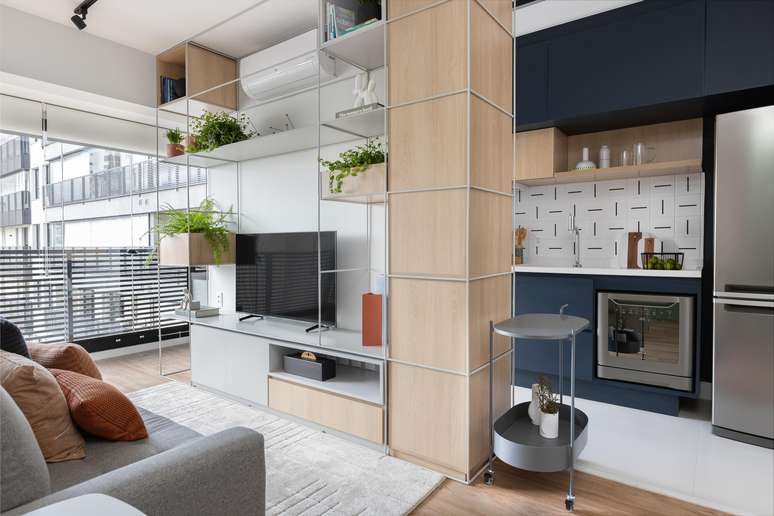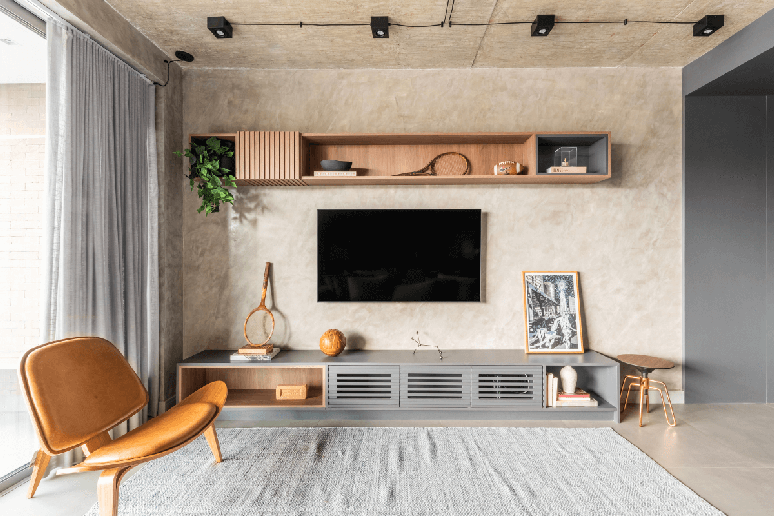Architect Júlia Guadix breaks down 10 common mistakes in small apartment designs
Living in small-sized apartments is increasingly a reality, especially in large urban centres. Because they are compact, these designs require extra attention to maximize spaces, creating a sense of spaciousness. After all, there is always a solution, especially in properties ranging from 30 to 50m².
html[data-range=”xlarge”] figure image img.img-aed8adbf72e3a80b17437773137a586dpvtd8u0n { width: 774px; height: 516px; }HTML[data-range=”large”] figure image img.img-aed8adbf72e3a80b17437773137a586dpvtd8u0n { width: 548px; height: 365px; }HTML[data-range=”small”] figure image img.img-aed8adbf72e3a80b17437773137a586dpvtd8u0n, html[data-range=”medium”] figure image img.img-aed8adbf72e3a80b17437773137a586dpvtd8u0n { width: 564px; height: 376px; }
The challenge for the architectural professional hired by the owner is to design, on a smaller floor plan, a structure similar to that existing in a larger apartment. In parallel, he must also know the resident’s routine, his lifestyle and the needs that the property has to meet.
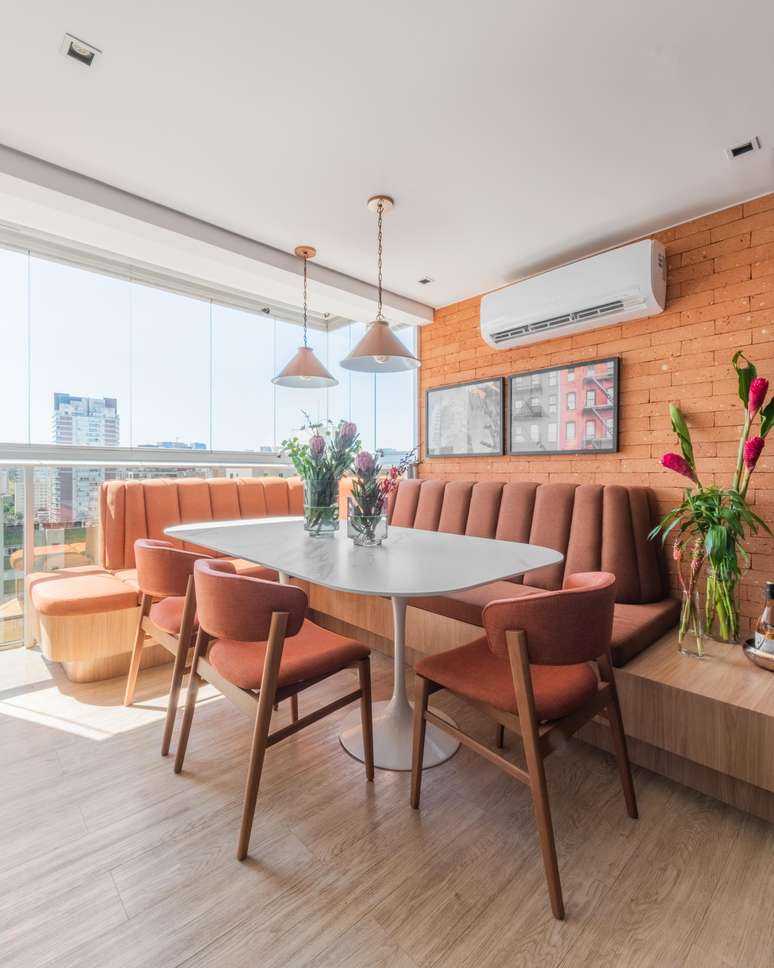
Who makes the statement is the architect Júlia Guadix, in front of the Guadice studio. “This report gives us the basis to carry out the project, making it tailor-made and with everything it needs,” he says.
To collaborate in this mission, Júlia listed the 10 most common mistakes engaged in small estates. Check below:
1. Not having a project
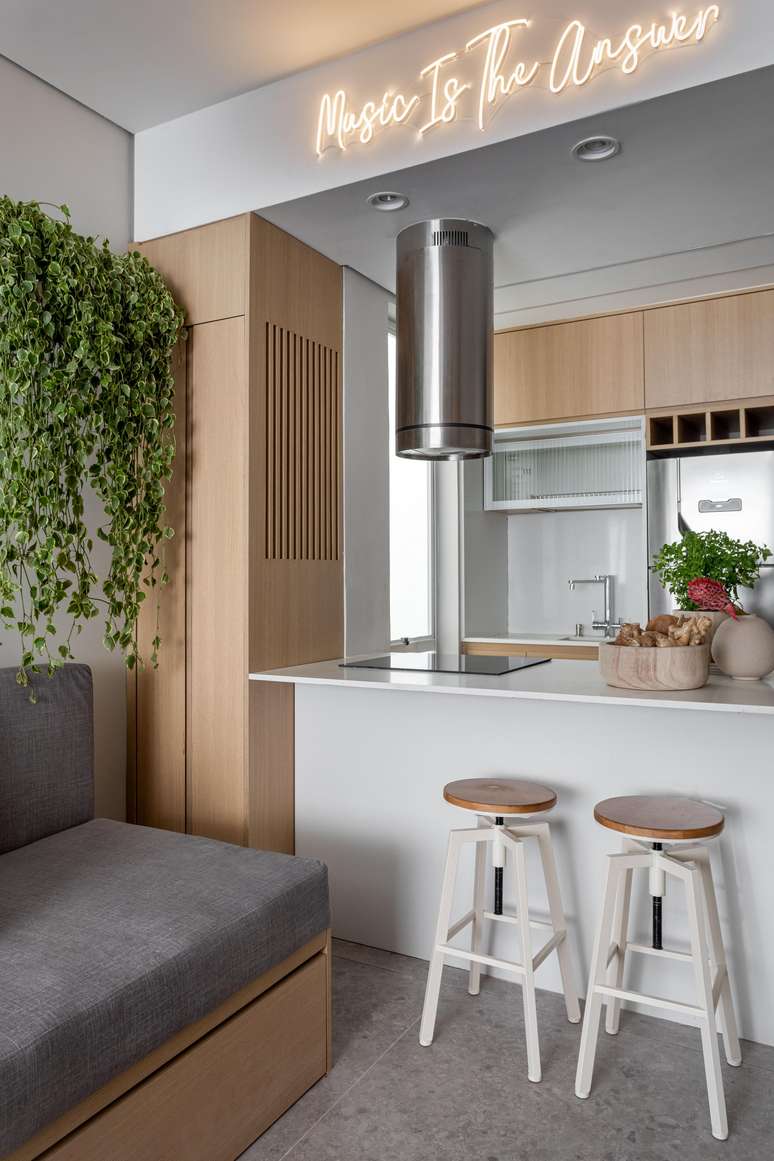
The dream of having a very well-built small apartment is proportional to the need to have an architect to carry out the project. project. In a small property, the keen eye ensures that every inch is used and the studio clarifies issues such as lack of space, leaving the rooms functional and inviting.
“Ignoring hiring a specialized professional to have planning can imply a more expensive amount up front due to headaches and reforms that will have to be done,” explains Júlia.
2. Save on planned woodworking
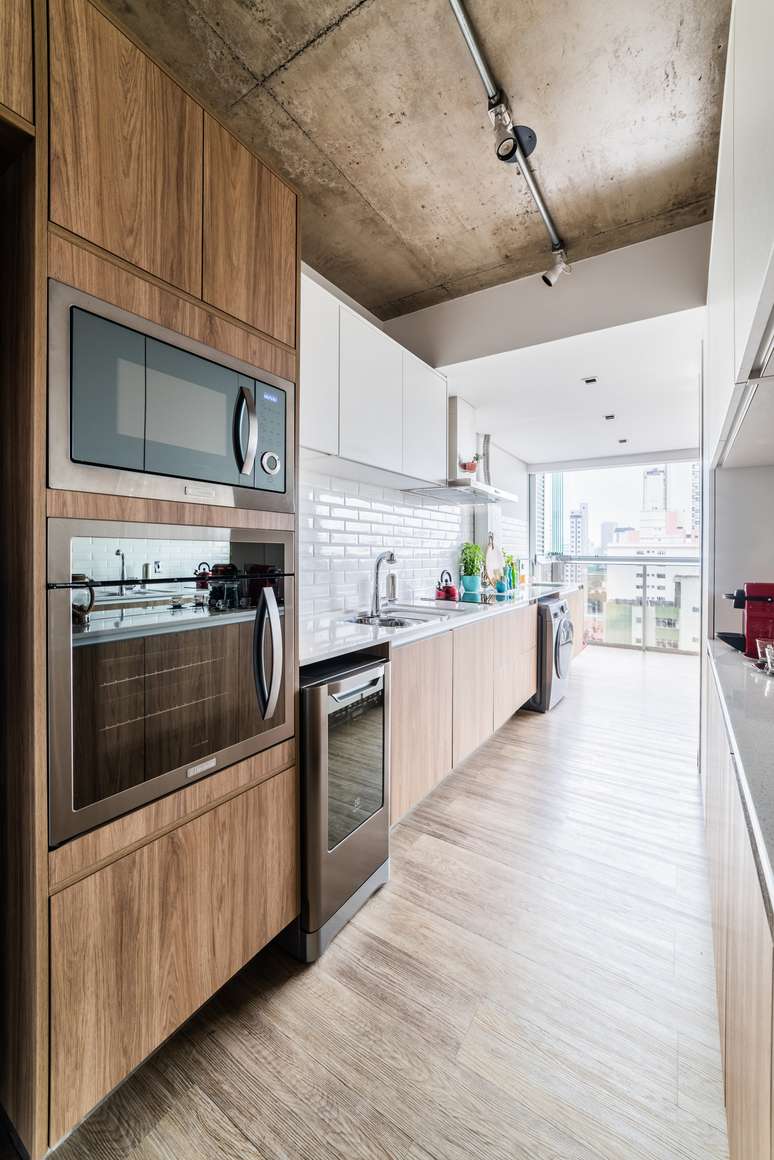
In a property of this size, the designed carpentry works with miraculous solutions. In this sense, designing every centimeter will maximize the use of the environments, offering the sense of breadth. “It is possible to make a bedroom or kitchen cupboard up to the ceiling, creating small niches. If there is space behind the door, we can design a Shoemaker“, suggests Julia Guadix.
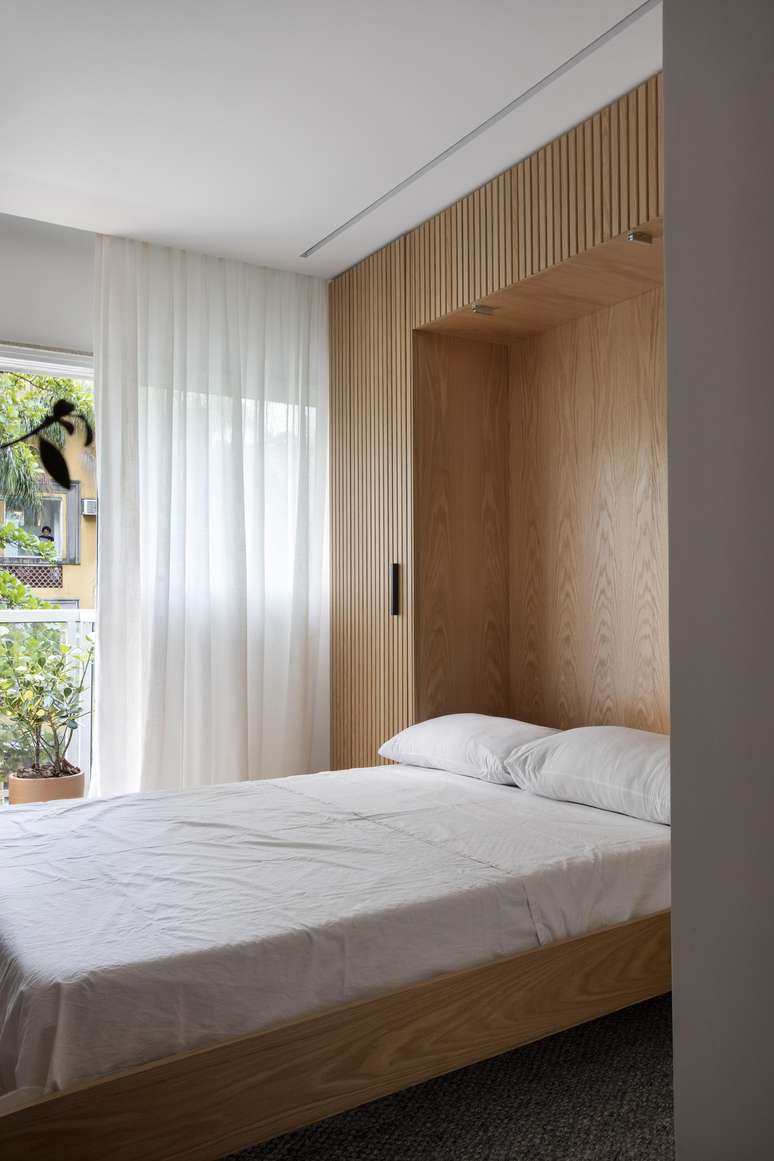
Multipurpose furniture is also a great solution for smaller rooms. The options are varied and it will all depend on the needs of each resident.
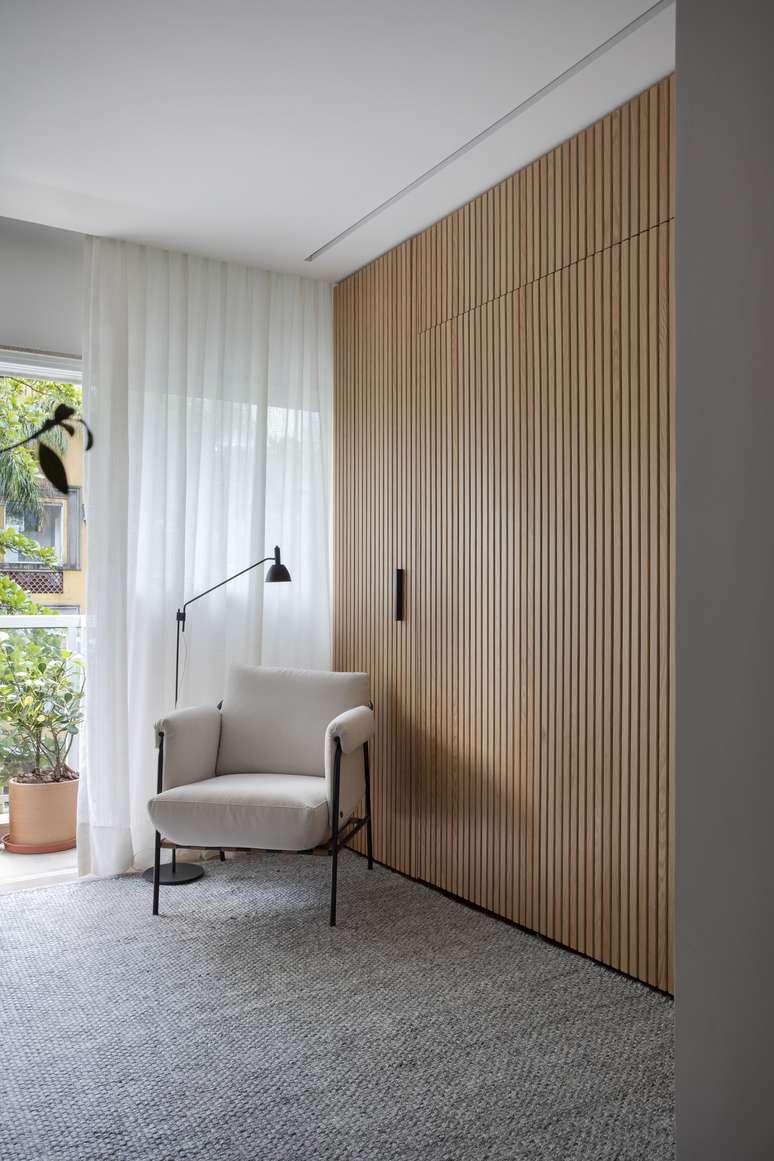
A table can be considered for serving daily meals, providing support in the kitchen, and even for working. sofa bed and a bed that descends from the vertical wooden structure are configured as effective means of sleeping, and extra stools and poufs arranged around the table create more places to receive guests in the house.
3. Too many walls
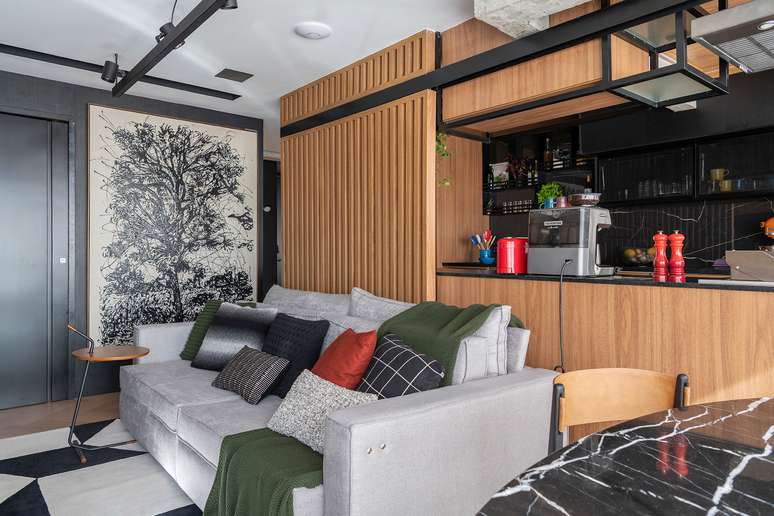
More walls, less width. Therefore, the integration of rooms is an excellent solution, as long as it works in the daily life of the residents. A dining room and kitchen, for example, can be connected, even facilitating meals. In addition to breaking down walls, use the same floor it is a resource that helps in this connection.
4. Don’t prioritize circulation
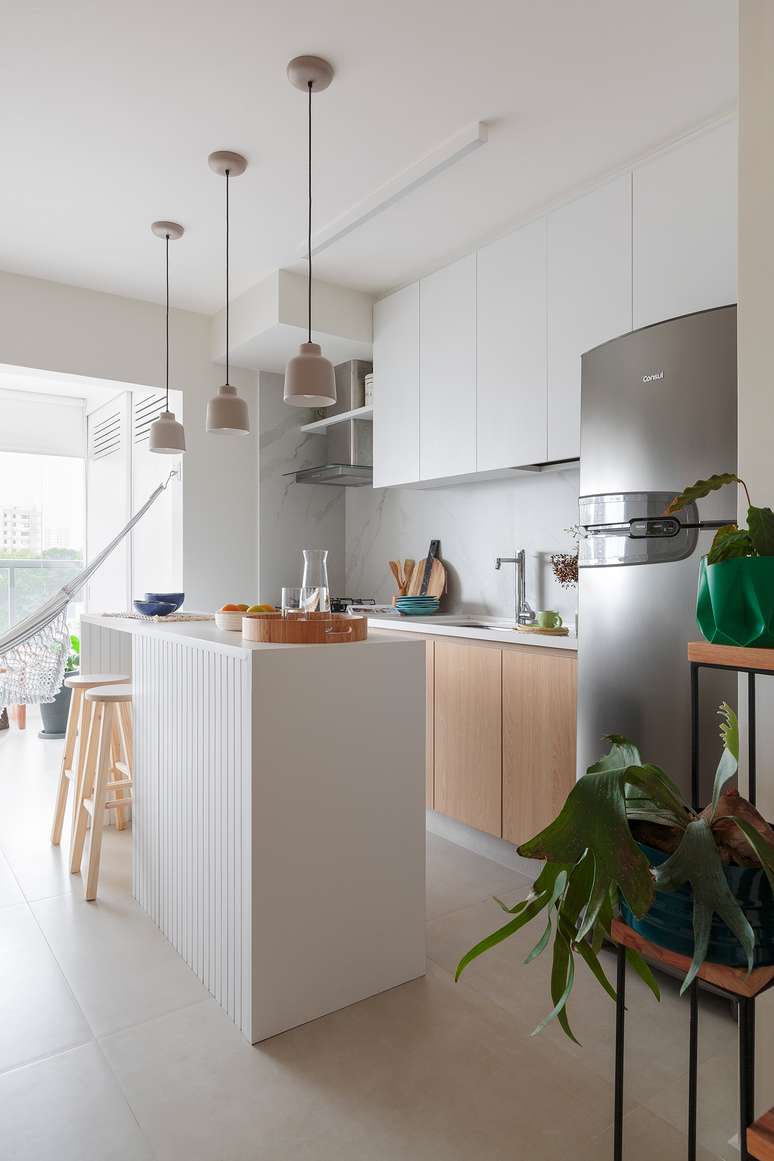
Along this line, the circulation in a compact apartment it cannot be neglected in any case. To avoid crowded-looking spaces, avoid furniture and objects that are disproportionate to the size of the space.
“Once again I underline the importance of a project. Only in this way will you avoid setting up a space with elements that are too large”, underlines the professional.
5. Choose very tall furniture
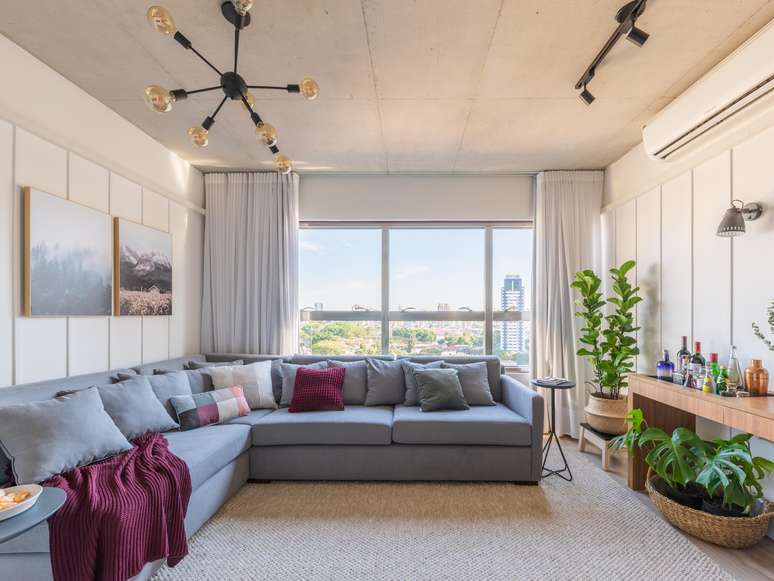
provide a clearer line of sight it helps a lot in the perception of amplitude. In this way, the architect recommends leaving space between from 50 to 60 cm, up to 2 mwith the least possible occupation. Furthermore, the furniture must not be placed in front of the windows, which prevents the entry of natural light and dampens the apartment due to the lack of air circulation.
6. Accumulate things
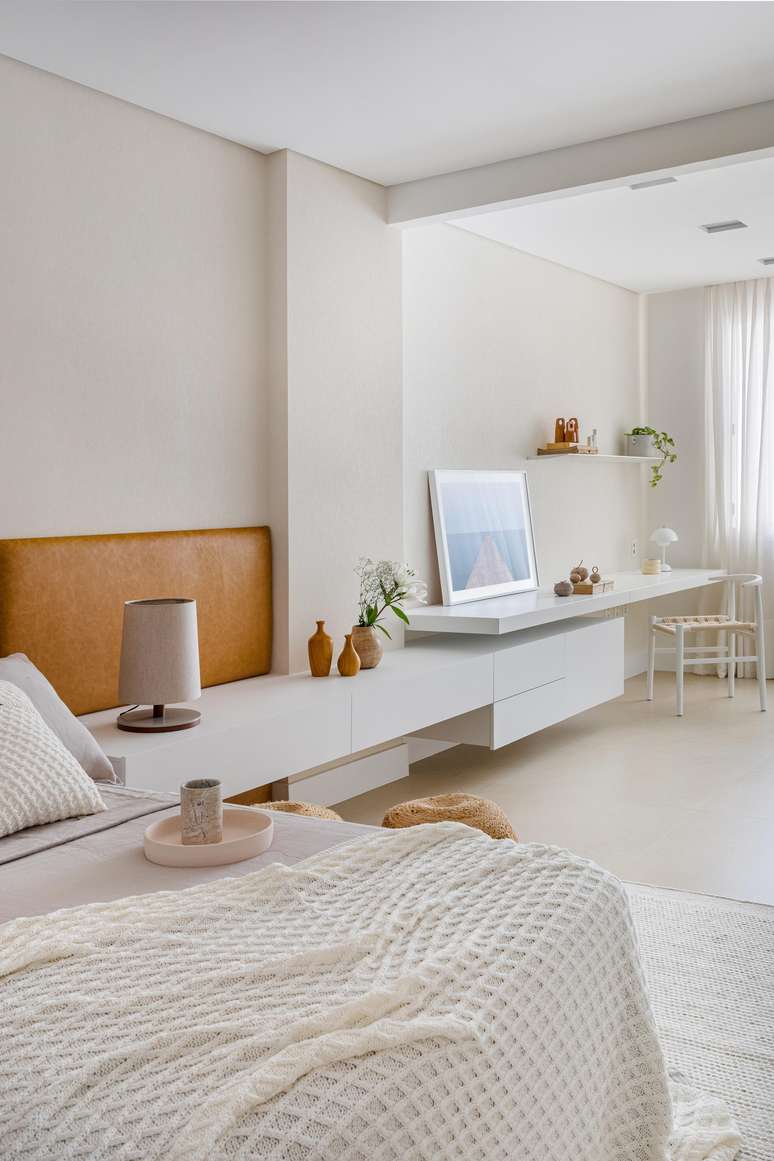
Disorganized and crowded environments do not convey well-being and comfort, especially in small-sized properties. “I always advise people to hold on only the essentialavoiding accumulating things that will occupy precious spaces with some use or simply to let the place breathe”, says the architect. The saying ‘less is more’ has never been so appropriate.
7. Exaggerate in dark tones
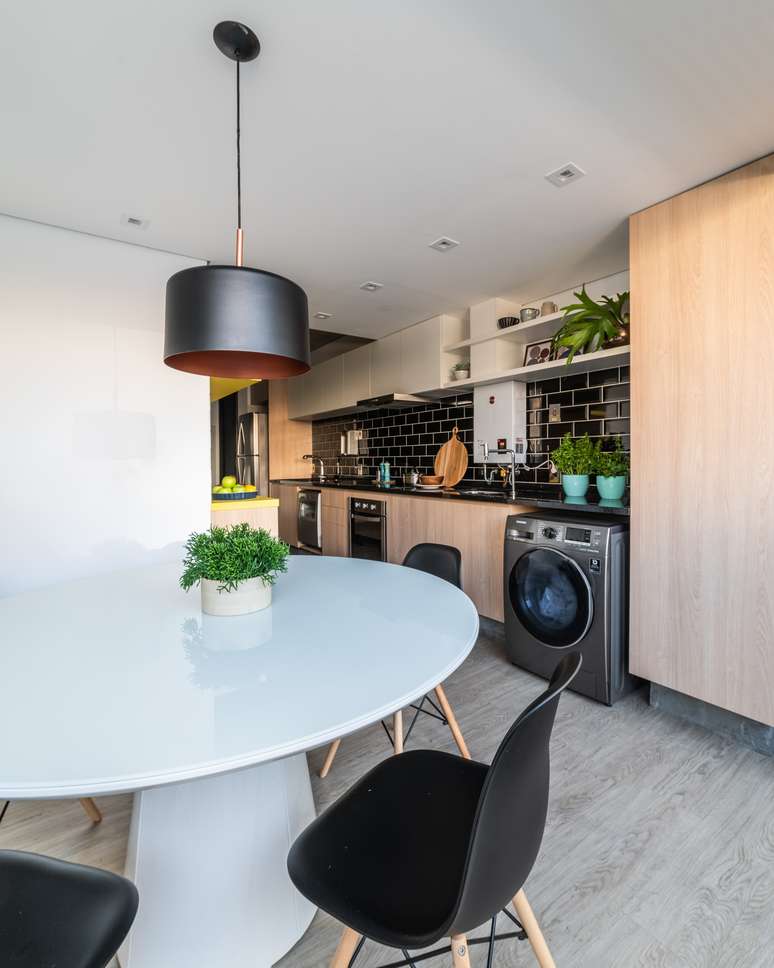
Applying dark colors is not considered a mistake, but it is recommended moderation, whereas applying a mostly loaded palette implies a visual decrease. But that doesn’t mean they should be avoided. “Melting black or more vibrant tones with a set of more neutral tones creates an interesting and light contrast,” suggests Júlia.
8. Coatings without structure
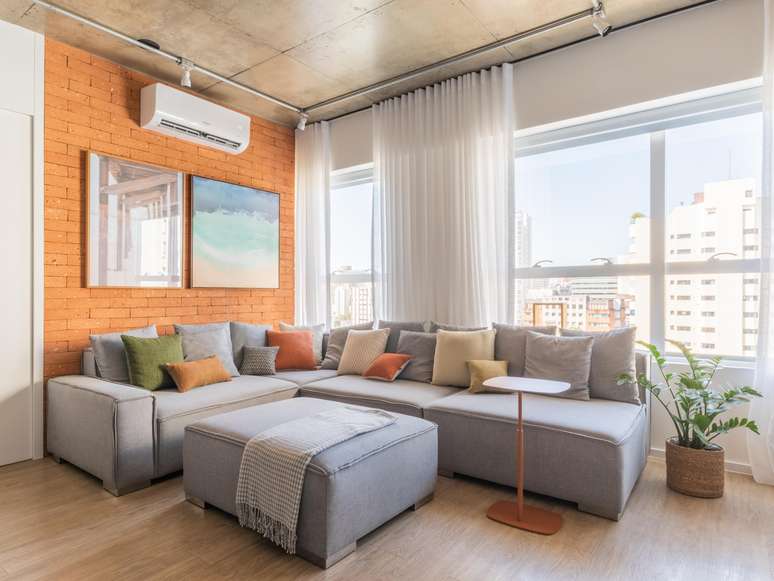
Still speaking of walls, the cladding is another element that works together to expand the rooms. Bricks, burnt concrete, exposed concretethat is, models that have a variation in tone and texture, produce greater visual depth than the flat plane effect.
9. Wrong size curtain and rug
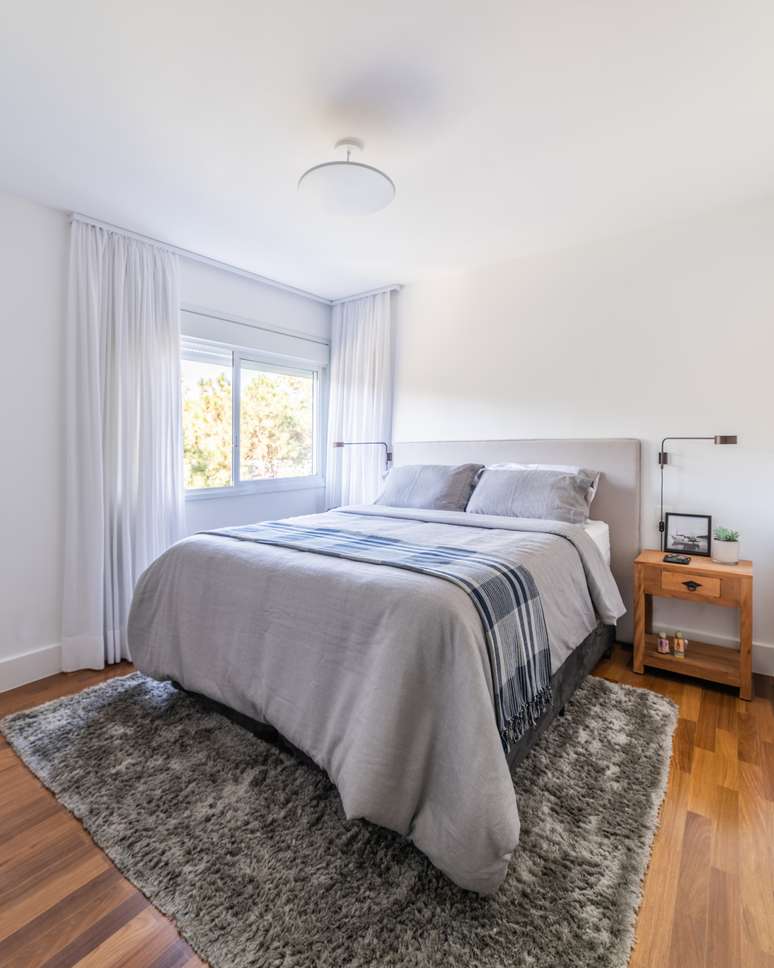
In addition to the hue and surface coating, moving elements also deserve attention. As for curtains, regardless of location, the ideal is to install them from the ceiling to the floor, not just covering the windows.
10. Lighting only in the center of the room
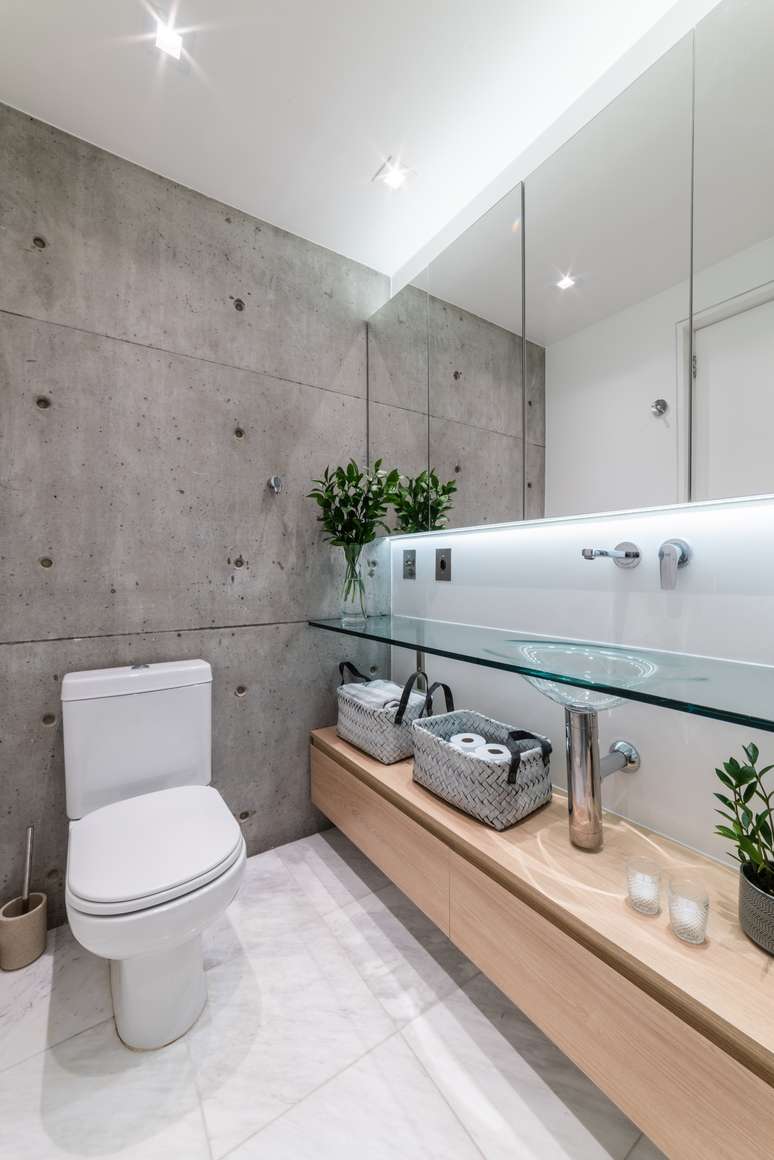
In order for the environment to be spacious and pleasant, the perfect positioning of the lights cannot be overlooked. Placing a chandelier only in the center of the room will cause the walls to dim, resulting in a closed-in feeling. “The advice is to distribute this lighting on the surfaces by installing appliques, lampshades or adjustable spotlights”, she concludes.
Source: Terra
Ben Stock is a lifestyle journalist and author at Gossipify. He writes about topics such as health, wellness, travel, food and home decor. He provides practical advice and inspiration to improve well-being, keeps readers up to date with latest lifestyle news and trends, known for his engaging writing style, in-depth analysis and unique perspectives.

